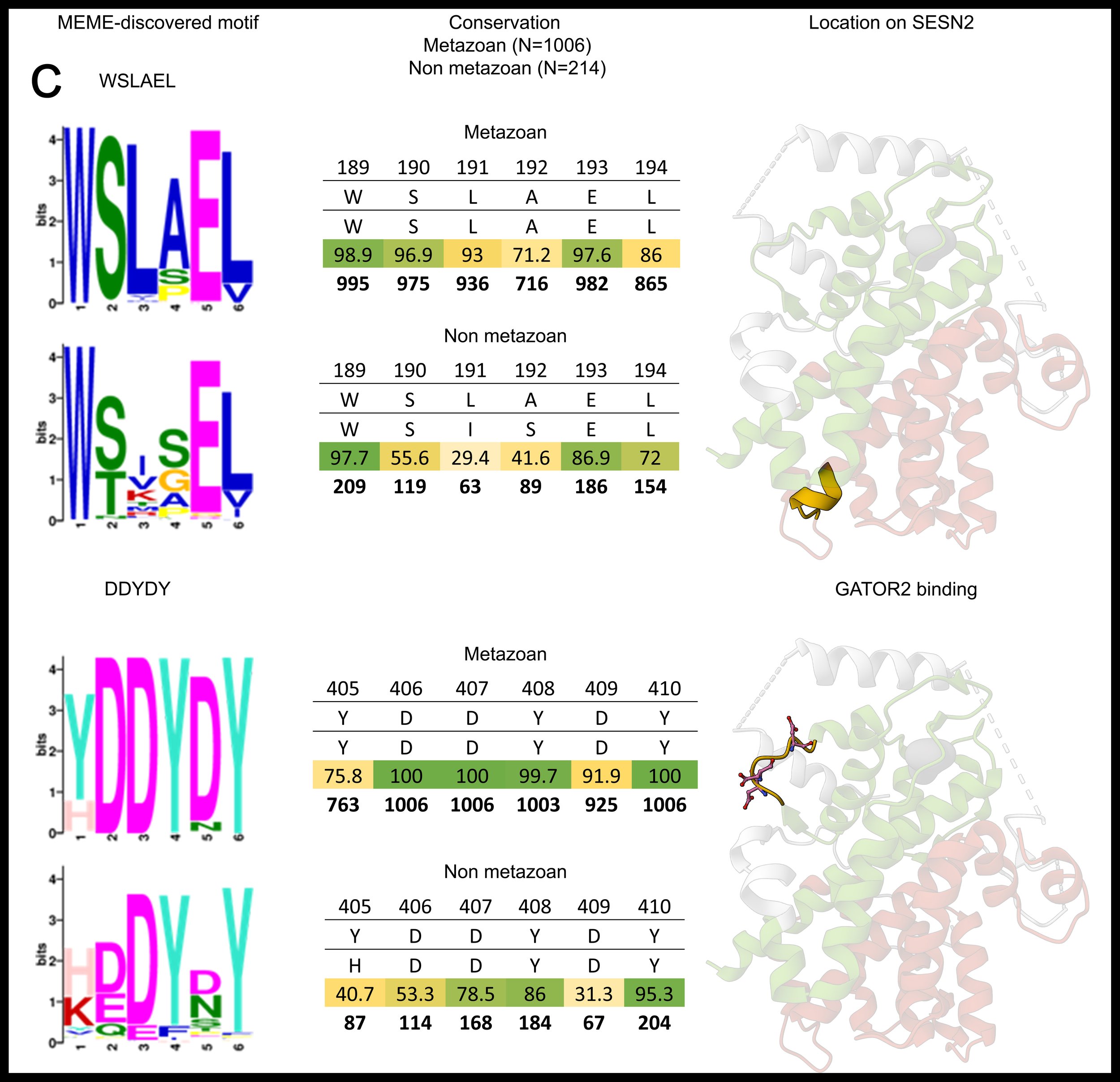For a quick introduction to my research topic, please see the “What is Sestrin?” webpage.
The role of p53-inducible Sestrins in lung cancer
My PhD research focused on elucidating the role of the p53-inducible Sestrins (SESN1 and SESN2, but not SESN3) in lung cancer.
Lung cancer remains one of the most lethal malignancies worldwide, with a 5-year survival rate not exceeding 18% globally [1]. In Ireland, cancer is a leading cause of death alongside cardiovascular disease, with lung cancer ranking as the third most common cancer and one of the primary causes of cancer-related mortality.
Our work investigated the molecular mechanisms through which p53-inducible Sestrins affect lung cancer progression. Using CRISPR/Cas9, we generated SESN1 and SESN2 knockout models in multiple lung cancer cell lines to investigate their molecular functions. These in vitro studies were complemented by in vivo experiments conducted in collaboration with our colleagues in the United States.
[1] Bray F, Ferlay J, Soerjomataram I, Siegel RL, Torre LA, Jemal A: Global cancer statistics 2018: GLOBOCAN estimates of incidence and mortality worldwide for 36 cancers in 185 countries. CA: A Cancer Journal for Clinicians 2018, 68:394-424
p53-regulated SESN1 and SESN2 regulate cell proliferation and cell death through control of STAT3
We demonstrated that STAT3 activity is markedly increased in SESN1&2-deficient cells.
SESN1&2 knockouts exhibited increased resistance to genotoxic agents, and this phenotype was dependent on STAT3 phosphorylation.
Our data suggest that SESN1&2 may modulate STAT3 activity indirectly through regulation of its upstream phosphatase, PTPRD.
Cell Communication and Signaling, February 2025
Alexander Haidurov, Andrei O. Zheltukhin, Anastasiya V. Snezhkina, George S. Krasnov, Anna V. Kudryavtseva, and Andrei V. Budanov
Sestrins in Carcinogenesis—The Firefighters That Sometimes Stoke the Fire
We reviewed the molecular signalling pathways regulated by Sestrins, with particular emphasis on mTOR, a key pathway often dysregulated in cancer.
We surveyed the roles of Sestrins across a range of cancer types, summarised in a comprehensive comparative table.
We examined why Sestrins are frequently downregulated in tumours and discussed exceptions where their upregulation may support cancer cell survival.
We discussed the feasibility and challenges of pharmacologically targeting Sestrins in cancer and outlined future research directions in the field.
MDPI Cancers, May 2025
Alexander Haidurov and Andrei V. Budanov
p53-inducible SESTRINs might play opposite roles in the regulation of early and late stages of lung carcinogenesis
Using a cancer profiling microarray, we showed that SESN1 and SESN2 are broadly downregulated in lung cancer.
In vivo mouse models demonstrated that SESN1&2 suppress lung tumour growth.
In vitro, in A549 cells, SESN1&2 were shown to inhibit cell proliferation and enhance sensitivity to glucose deprivation-induced cell death.
Oncotarget, December 2019
Boxiao Ding*, Alexander Haidurov*, Ayesha Chawla, Anita Parmigiani, Gerarda van de Kamp, Alexandra Dalina, Fang Yuan, Jun Hee Lee, Peter M. Chumakov, Steven R. Grossman and Andrei V. Budanov
*Equally contributing authors
READ HERE
The conservation of Sestrin proteins—my side project
Locked in Structure: Sestrin and GATOR—A Billion-Year Marriage
This structural and evolutionary review was conducted as a side project in the lab.
A multiple sequence alignment of 1006 Sestrin homologs across 575 genera was generated using BLAST and ClustalOmega to identify and analyse conserved motifs.
Two motifs, DDYDY (essential for GATOR2 binding) and LAHRPW (function unknown), were found to be nearly invariant across species.
The binding of SESN2 to its partners WDR24 and SEH1L was examined and discussed, suggesting a potential orientation for the binding.
AlphaFold Clusters from the Steinegger Lab were used to identify Sestrin-like structural homologs in diverse organisms, including Naegleria gruberi and Streptococcus pneumoniae.
MDPI Cells, September 2024
Alexander Haidurov and Andrei V. Budanov
The role of Sestrins in ageing
Sestrin family – the stem controlling healthy ageing
We reviewed the involvement of Sestrins in multiple molecular networks relevant to ageing and age-associated pathologies.
We discussed findings from C. elegans and Drosophila melanogaster models, where altered Sestrin expression affects lifespan and tissue maintenance.
We also examined Sestrin expression patterns across mammalian tissues and their implications in ageing and age-related diseases.
Mechanisms of Ageing and Development, December 2020
Alexander Haidurov and Andrei V. Budanov




